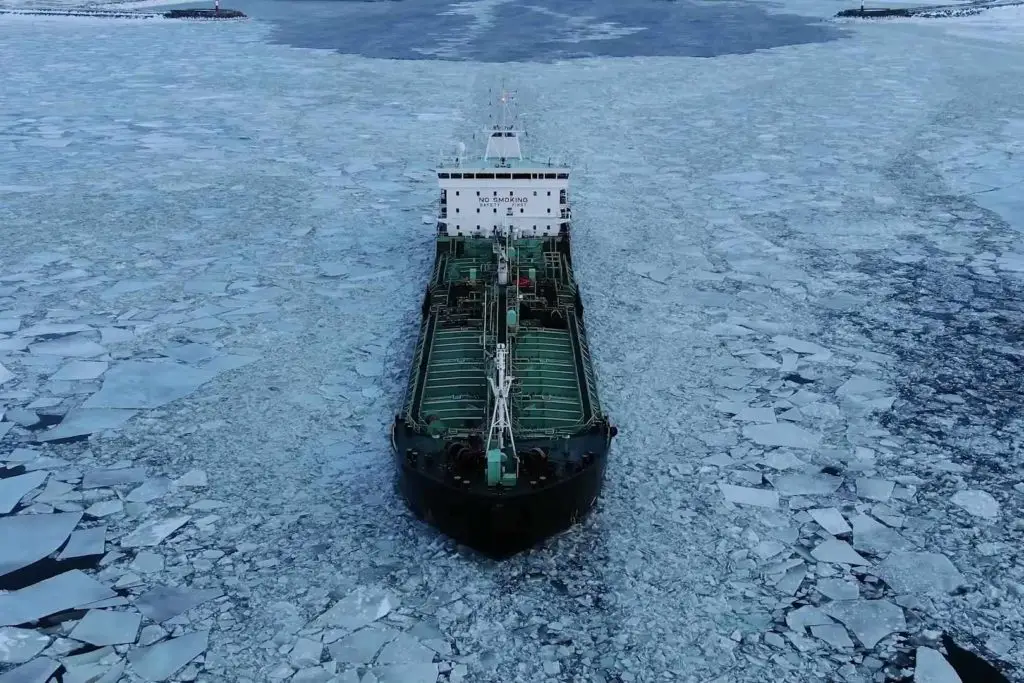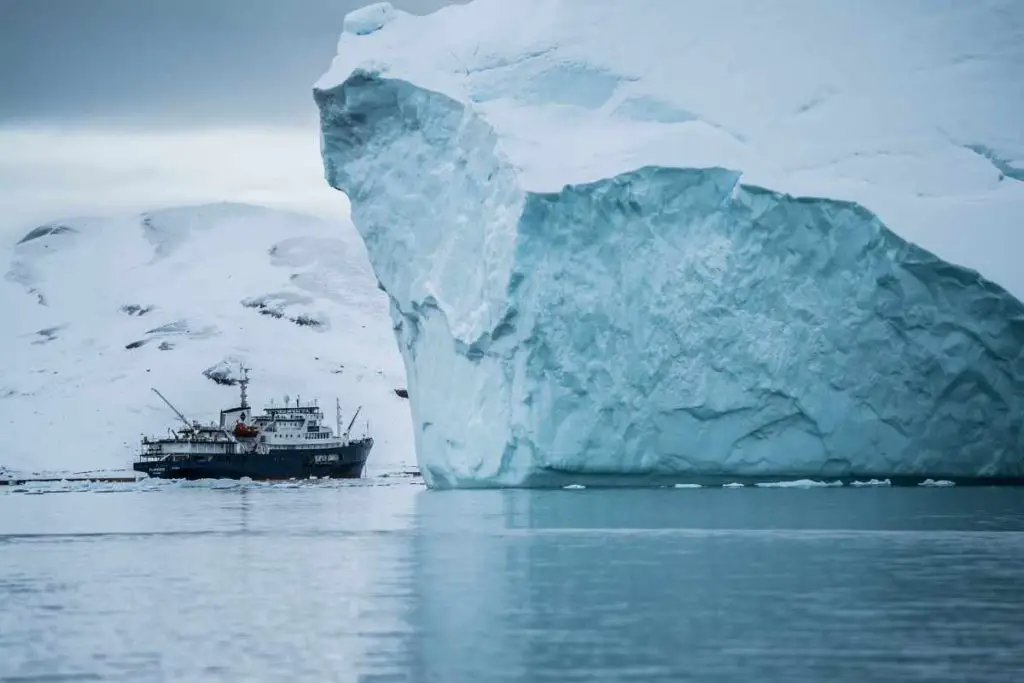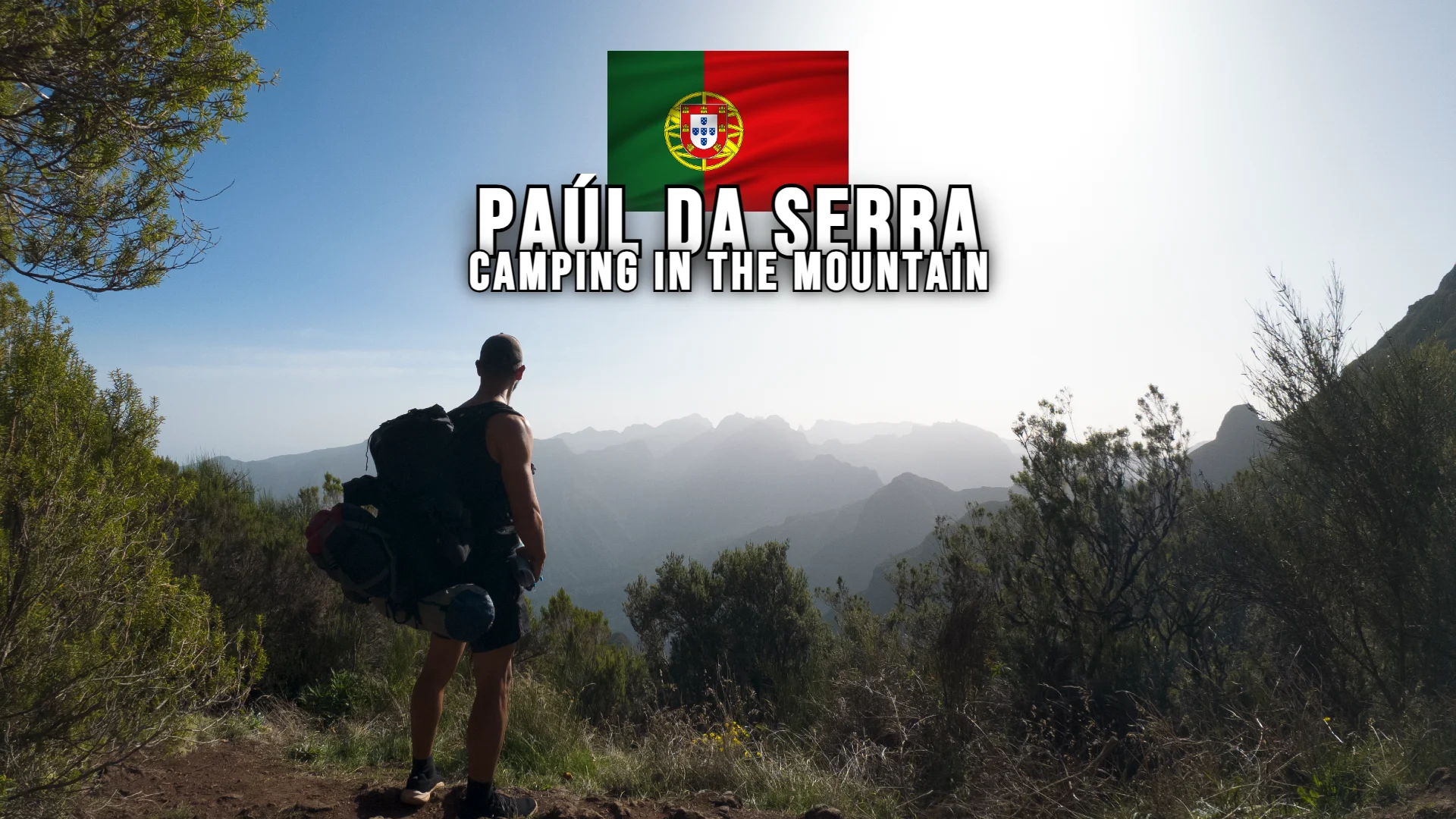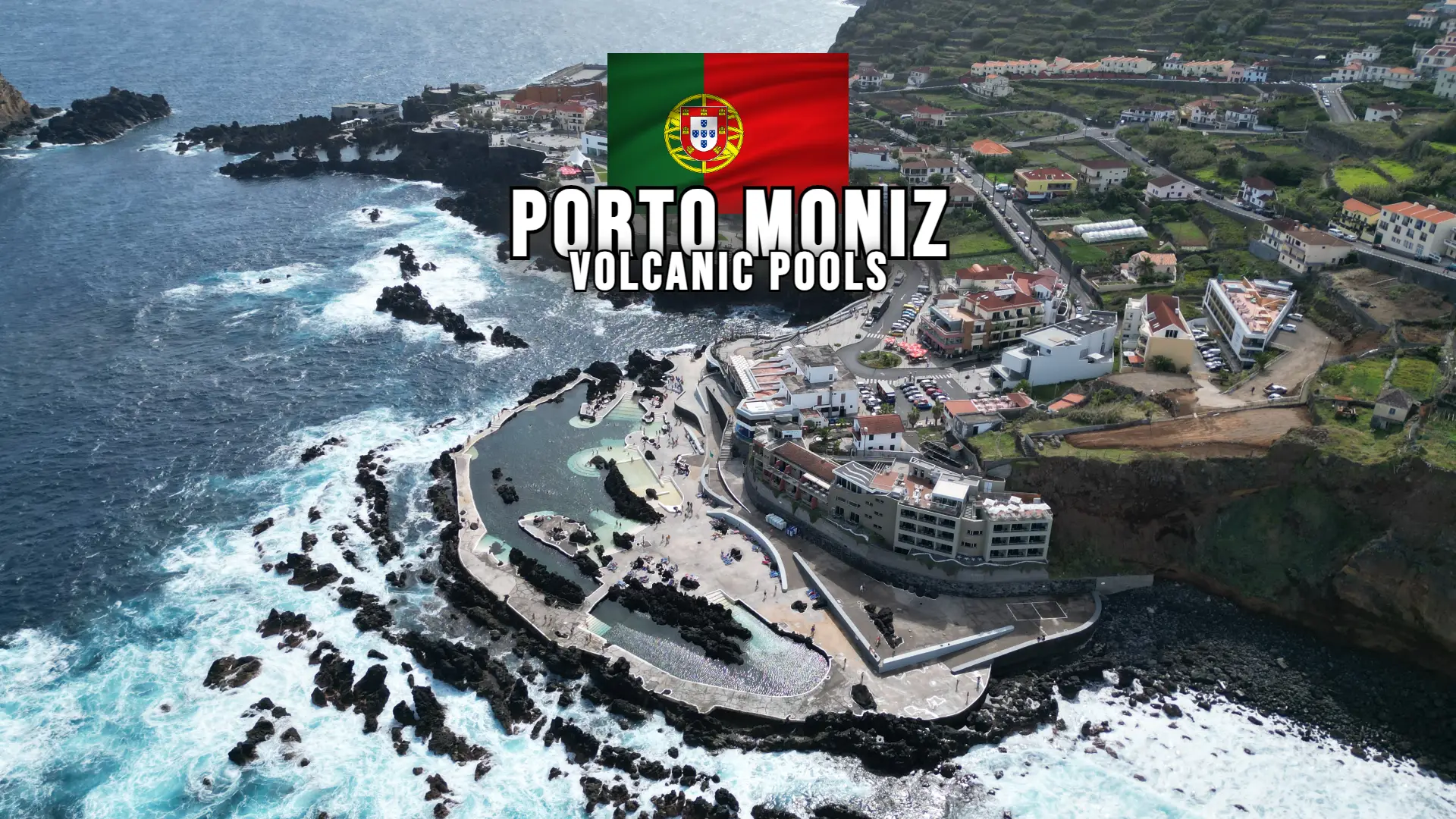The northernmost region of Europe is where Norway, Sweden, Finland and finally Denmark are located. The population of all this region together is only 27 million inhabitants. The Nordic countries have developed and become rich by different ways and to understand this we will first look at their geography.
What is the geography of the Nordic countries like?
This is the Scandinavian peninsula, a region somewhat isolated from the rest of the continent. The isolation is not the bad thing, as it territorially isolates regions from other countries, but the wealth continues to be exploited, given globalisation and the ease of naval and air movements, but still its neighbours are also determining factors in its development.
We have the Baltic Sea that makes up a rich region between Russia, Estonia, Latvia, Lithuania, northern Poland and northern Germany. In the Russian region we have the federal part of St. Petersburg, the second wealthiest district with the best quality of life after Moscow.
In Latvia we have Riga, an important city since medieval times, and finally important and in Poland and Germany. The concept here is to understand that wealth begets wealth and the richer the region, the wealth will disperse throughout it, and that is the first factor that was also determinant for the wealth of the Nordic countries.
But now let’s look at them one by one, starting with Norway.
The Geography of Norway.
Its position on the planet has benefited hugely in many ways, the country is blessed with natural resources, the cold waters across the country have for centuries provided rich fishing opportunities, and this continues to this day. The Lofoten Islands for example, although known for its tourism, the fishing industry still plays a critical role in the local economy, and it all gets better when Norway is bordered by three seas, with the North Sea bordering the bone of its coastline, the Norwegian Sea the west line of its coastline and finally, the Barents Sea bordering its entire North Coast.

Another Soucres here: Nordic.info
Oil in Norway
The amount of boats that are present in that region providing an advantage to Norway, as it has far fewer boats than in other regions around the world, but what made Norway really rich, in fact, was being able to explore a gigantic reserve of oil. In the late 1950s few people believed that there would be oil on the Norwegian ocean floor, but with the discovery of natural gas in the Netherlands, the incentive to look for oil was greater, and several deposits were subsequently found in Norway.
How much does the Oil and Gas sector represent in Norway’s GPD?
Today the government’s own website says that the oil and gas sector accounts for approximately twenty-three percent (23%) of Norway’s value creation, more than double the country’s manufacturing. Of course, while oil discovery has been extremely beneficial, how Norway has managed and used the substantial Funds generated by the industry has also been Vital to its development.
The Geography of Sweden
This country only really began to accumulate wealth when it started to industrialise in the mid 19th century, before that it suffered from a period of relatively slow growth, which forced over 1 million Swedes to emigrate to North America before the Turn of the century. Luckily and the well-placed geography, Sweden had a type of natural resources like iron ore and timber, which were needed when countries like Britain and Germany industrialised. The peace held in Sweden was also essential to its development, the last time Sweden took part in a war that in 1814, benefiting from relative peace for over 200 years. It also profited from the export of its iron and other raw materials to Germany during the second world war.
As Sweden struggled to rebuild along with the rest of Europe in the post-war period, Swedish industry was not destroyed and this was essential for selling resources to the whole of Europe.
The Arctic Ocean
Before we talk about the next nation we have to analyse that the Nordic countries have always been fishing countries and fishing has been essential for the development of all of them, but this has only been possible thanks to this region: the Arctic Ocean.

Here the Nordic countries get Direct Connection with several seas, let’s start with the closest of them, the Barents Sea. This sea lies between Northwest Russia and the Scandinavian peninsula. Luckily the Ports of Murmanskiy in Russia and the Port of Vardo in Norway remain ice-free all year round due to the North Atlantic current, a warm current connected to the Gulf Stream, thus making fishing extremely easy for those countries with Ports in other Seas, being extremely frozen and thus preventing fishing.
After that we have more distant seas such as the Cara Sea, the Laptev Sea, the Eastern Siberian Sea, the Bering Sea, the Chukchi Sea and the Beaufort Sea, all of which are extremely important for the fisheries of those Nations.
The Geography of Denmark
Let us now turn to Denmark which, unlike the previous countries, Denmark was already a power in Europe. During the colonial period, the proximity to Holland and Great Britain, countries of great innovators and thinkers, made ideas and innovations move more quickly in Denmark. And the proximity to Germany, a power throughout its history, certainly helped, as for example the Protestant reform that the Danes embraced in 1536.
Denmark’s Fertile Ground
Alongside its skilled labour force, soil is still Denmark’s most important raw material. About half of the land is intensively farmed and fertilised. More than half of the land is cultivated and devoted exclusively to cereals, such as barley and wheat, and its economy on the World stage has a broad base of large industrial production. The Danish economy produces and exports a variety of widely needed products and does not have a specific niche, so it is less affected by falls in world prices.
Finland in turn is something totally different from the previous countries, because until the 1990s it had problems in its economy, but it followed the rapid growth of the world’s major economies and became a country today with a GDP per capita higher than Germany and the United Kingdom for example. And for all these factors, for being located in one of the richest regions of all Europe and for having managed to exploit the resources and distributed extremely well, that the Nordic countries became so rich economically.








